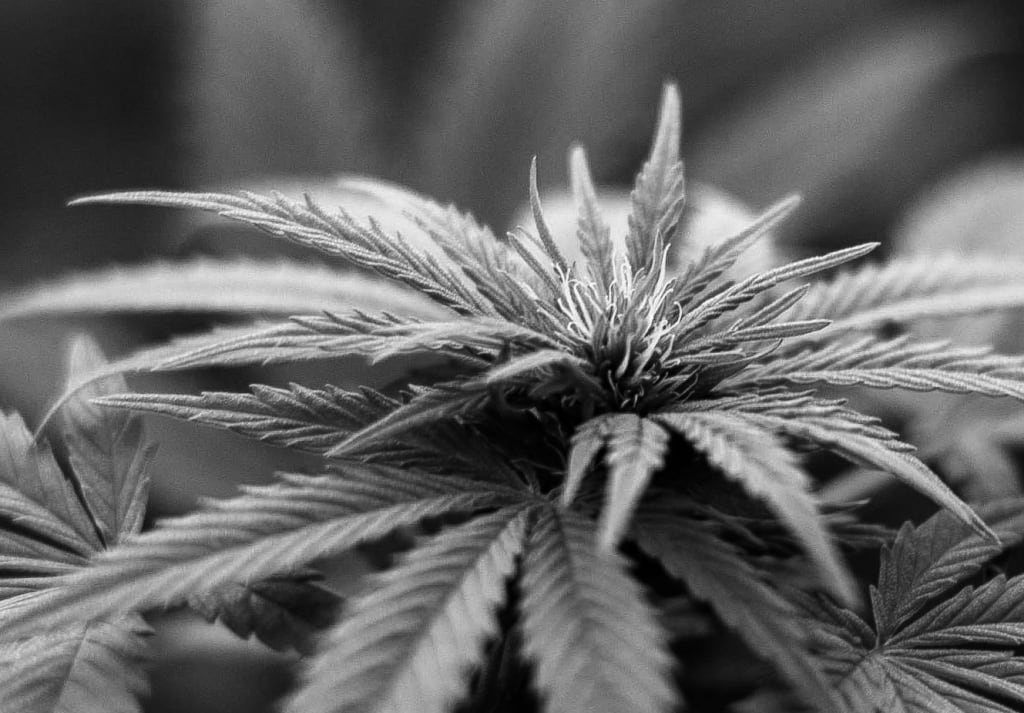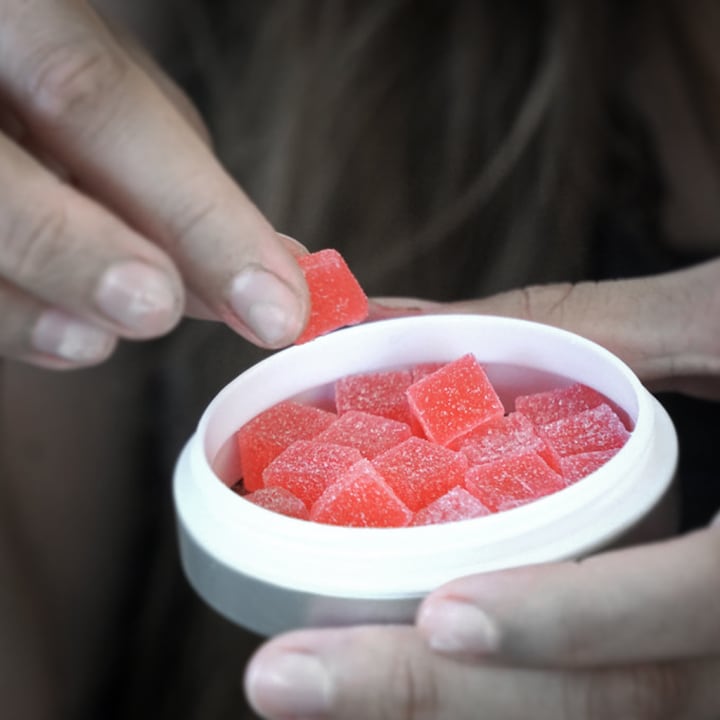Cannabis: What Is It?
As dispensaries stock a wider range of refined products, it's worth looking at the different kinds of cannabis out there.

Original content by Hans Pohai Müller, based on plenty of existing literature from authority sources (links embedded). Picture edits by Hans Pohai Müller. Camera credit goes to contributors on PixelBay: a vibrant community of creators.
The consumption of cannabis has evolved over the ages, from medicinal and spiritual uses in ancient cultures to the modern era of decriminalization, medical prescription, and legal dispensing.
Until only a few years ago, the common assumption was that the marijuana flower was cannabis. But if you’ve flipped through a present-day catalog, or stopped into a pot shop, you’ll know that it's no longer just a flower.
With the proliferation of high-end dispensaries and lines of cannabis-derived products, establishing a precise definition for cannabis has become increasingly complex. In botany, the term describes a group of plants from the Cannabis family that produce flowers and oils with various psychoactive properties.
This article summarizes all you need to know about cannabis, from what causes the 'high' to how to buy.
Cannabinoids
The term cannabinoid refers to the chemical compounds produced by plants in the Cannabis family. When ingested, these compounds bind to receptors in the human body and brain and cause different effects.
Although as many as 120 cannabinoids are known to exist, only a fraction of these appear in most cannabis products.

Tetrahydrocannabinol (THC)
THC is the most commonly known cannabinoid, causing the “high” sensation many people associate with cannabis or marijuana. Another effect is euphoria, and its therapeutic uses may include pain relief, relaxation, and treatment for nausea.
Cannabidiol (CBD)
CBD is another prevalent cannabinoid, derived from hemp plants containing only trace amounts of THC. This means CBD offers the same benefits as THC without the mood-altering high. Research suggests CBD can be a potent therapeutic for a range of ailments, with muscle relaxation, restful sleep, and anti-inflammation among its possible benefits.
Cannabigerol (CBG)
CBG is the precursor to other cannabinoids and is the first compound that cannabis plants synthesize as they mature.
Cannabinol (CBN)
Not to be confused with CBD, its more famous cousin, CBN is a byproduct of new cannabinoids as cannabis plants age. We don’t know much about CBN -- particularly its effects and dosing -- but current research indicates a similar profile to CBD.
In many scenarios, you’ll only have to know about THC and CBD to enjoy high-quality cannabis.

Common products and dosing
Different labels for what to call cannabis have abounded for decades, including the names of general strains like “Indica" and “Sativa." While these terms were once helpful in distinguishing the two common strains of dried cannabis flower (aka pot), modern research and classification have introduced new ways of understanding the diverse range of products on the market today.
Many people in cannabis-related industries have now replaced the term strain with chemovar (or ‘chemical variety’):
- Type I: high THC
- Type II: THC/CBD combined
- Type III: high CBD
Terpenes
Understanding which terpenes are in your cannabis product can be more insightful than just the strain. Terpenes have scientific names and vary considerably, so if you’re unsure about the effects of a product, be sure to consult this guide from Cannabis Insider.

Just in case you encounter products that still have Indica and Sativa labels on them, here’s a primer on familiar terms, along with suggested dosing:
- Sativa and Sativa-dominant (Type I). Sativa and Sativa-dominant varieties contain high levels of THC and generally have uplifting and stimulating effects, making them popular for daytime use. Dosing could be 1-5 mg for first-time users, 15-25 mg for people seeking sustained benefits, and 40-50 mg for highly tolerant individuals.
- Indica and Indica-dominant (generally Type I or II). Products with Indica and Indica-dominant strains usually have greater amounts of CBD along with high THC levels. These varieties tend to produce relaxing and pain-reducing effects with less of a 'head high', making them appropriate for nighttime and medicinal use. Dosing starts at 2.5-5 mg for novices, 20-30 mg for regular users, and up to 100 mg for individuals with severe illnesses.
- Hybrid (generally Type I or II). Hybrid products contain both Sativa and Indica varieties, with a diverse range of potencies and effects. It is helpful to study the exact hybrid profile of the product in question to determine its affinity with your desired use. The dosing of hybrid products mimics the patterns from the Sativa and Indica descriptions above.
- CBD-rich (generally Type III). Just as the name suggests, CBD-rich products contain varying amounts of cannabidiol: a compound with minimal or no psychoactive effect. Current guidance indicates a starter dose of 10-20 mg per day for healthy individuals, whereas severe diseases could warrant 100 mg per day. If in doubt, consult articles from trusted online sources or ask a qualified medical practitioner.

Ways to administer
Years ago, there were only a few ways to use cannabis. One was to burn dried flowers (aka pot) in a bowl or other apparatus. But with the arrival of decriminalized, medical, and legal use in recent years, the industry has spurred the development of many forms of cannabis consumption.
Pens offer an alternative to smoking in that they vaporize hash or CBD oils, passing them directly to the bloodstream. As a result, pens have become popular with consumers who wish to micro-dose these oils without inhaling combusted smoke.
Drops have emerged as another popular form of consumption. You can put drops under your tongue for quick ingestion or even add drops to your favorite beverage.
Gels can provide a strong dose relative to size and are metabolized in the liver.
Edibles have been favorites among consumers and at-home producers for a long time. One upside to edibles is that you can ingest cannabis in yummy foods or candies, while a possible downside is their delayed effects. For best practices, start small and wait up to 90 minutes before eating another piece.
As noted above, combustion has long been a common way to use cannabis. Apparatuses have evolved and become more effective over the years, lending combustion a more sophisticated reputation, but questions remain about the long-term effects of inhaling smoke.

Who can buy cannabis products?
Laws regarding the purchase of cannabis vary by state. At the time of publishing, people over the age of 21 can purchase cannabis products from licensed dispensaries in 19 states, Washington DC, and Guam. More specific regulation depends on state/territorial municipalities, whether it’s medical, recreational, or restricted. In some cases, only those with medical cards issued by licensed doctors can purchase cannabis.
Since the US federal government still considers cannabis an illegal substance, be careful when traveling across state lines and internationally.
Consuming cannabis products in different states implies an understanding of the law of the land, as regulation frequently changes among states.
If in doubt, consult a trusted source for guidance.
About the Creator
Pohai Müller
I believe we’re only as old as we feel, and that each person has a story to tell.
Swiss-American, currently based in Northern Michigan.
Portfolio... pohaimuller.com
Blog......... pohaimuller.wordpress.com






Comments (1)
www.vgtnyc.com Weed delivery NYC Weed delivery Long Island NY